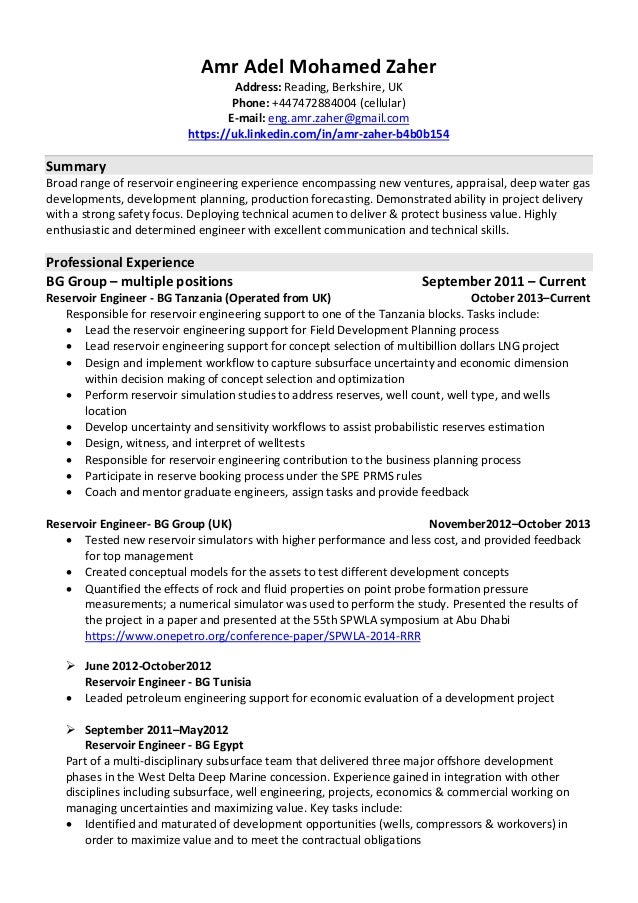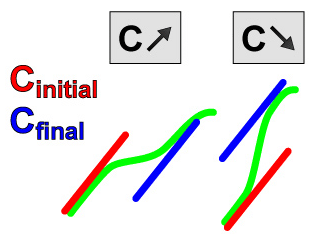

- #HOW DO STUDENTS GET A WORKING COPY OF KAPPA SAPHIR FOR FREE#
- #HOW DO STUDENTS GET A WORKING COPY OF KAPPA SAPHIR ISO#
State schools usually work as a network of institutions, which means you have even more options available for free classes. Employees can often take classes as a non-matriculated student for free. Working at a university often comes with tuition reimbursement and other similar benefits for both full-time students and university employees. Read more: Everything You Need to Know About Paid Vacation and How It Works Education benefits Because of this, you can benefit from extra PTO that some traditional workplaces don't receive. However, universities are often far more inclusive regarding the observance of federal and religious holidays. As with most workplaces, holidays count as paid days off. This includes long breaks during summer, winter and spring. Time offīesides the traditional paid time off (PTO) that comes with most jobs, employees at educational institutions take time off at the same as students for vacations and holidays. Because they have a fixed route, a university shuttle may provide you with the most reliable way to commute to work. Bus routes typically stop at either a major transportation hub like a train station or at off-campus housing. As a university employee, you can often take advantage of this perk. Here some perks of working at a university: TransportationĬolleges usually have a free shuttle bus or other form of transportation that brings students from the campus to more metropolitan areas. University employees receive many of the same benefits as students. What are the benefits of working at a university? In this article, we examine the benefits of working at a university, list steps for getting a job working there and describe some positions available, including salary and responsibilities. Knowing the benefits of working at a university and your various career options can help you make a more strategic career decision.


While you can become a college professor, you can also pursue positions where you can work with students one-on-one or in a non-educational context. The Kappa number for bleachable pulps are in the range of 25–30, sack paper pulps in the range 45-55 and pulps for corrugated fiberboard are in the range 60-110.If you enjoy the environment that college presents, consider pursuing employment at a university.

It is approximately proportional to the residual lignin content of the pulp.Ĭ: constant ≈ 6,57 (dependent on process and wood) Since the amount of bleach needed is related to the lignin content of the pulp, the Kappa number can be used to monitor the effectiveness of the lignin-extraction phase of the pulping process. The Kappa number estimates the amount of chemicals required during bleaching of wood pulp to obtain a pulp with a given degree of whiteness.
#HOW DO STUDENTS GET A WORKING COPY OF KAPPA SAPHIR ISO#
The Kappa number can be monitored by online Kappa analysers in a pulp mill, but these have to be calibrated with the ISO 302:2004 method. These compounds are formed during the chemical pulping process, from the hemicelluloses. The measurement is inflated by the presence of hexenuronic acids in the pulp. The Kappa number is a measurement of standard potassium permanganate solution that the pulp will consume. ISO 302 is applicable to all kinds of chemical and semi-chemical pulps and gives a Kappa number in the range of 1–100. The Kappa number is determined by ISO 302:2004.


 0 kommentar(er)
0 kommentar(er)
